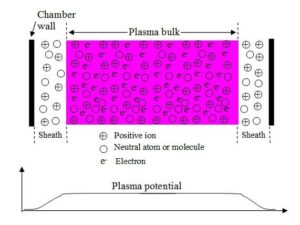Tergeo-Pro RF plasma cleaner
Tergeo-Plus integrates multiple process control technologies to control critical parameters required for optimal plasma etching, plasma ashing and plasma cleaning processes. These include pressure and plasma sensing (see below) and automatic mass flow control of gas input. Operation is fully automatic, with an intuitive user interface featuring a 7″ touchscreen which make the operation as easy as a tablet device, with the embedded microcontroller supporting 20 customisable user recipes.
Tergeo-Pro has a large 230mm (9”) diameter, 430mm (13.4”) deep RF plasma processing chamber which can accommodate an 8″ wafer and one or two 25/50 slot 6″ or 4″ quartz wafer boats. Tergeo-Pro has a 150W RF plasma power supply with upgrade options to 300W and 500W power. RF plasma power can be adjusted in 1 Watt increments. The frequency of the RF power is 13.56MHz, which offers much higher RF plasma generation efficiency than KHz RF plasma systems. Tergeo-Pro is fitted with continuous plasma power, but has the option of pulsed mode, which allows the power to be adjusted from 100% to less than 1%.
Tergeo-Pro’s quartz process chamber wall construction enables an external capacitively coupled RF electrode design, which generates a more uniform RF plasma across the whole chamber.
PIE (Plasma Ion Electron) Scientific’s understanding of the importance of consistency and repeatability in scientific research and small scale production is embodied in the design of the Tergeo series to deliver every day reliability and repeatable performance.
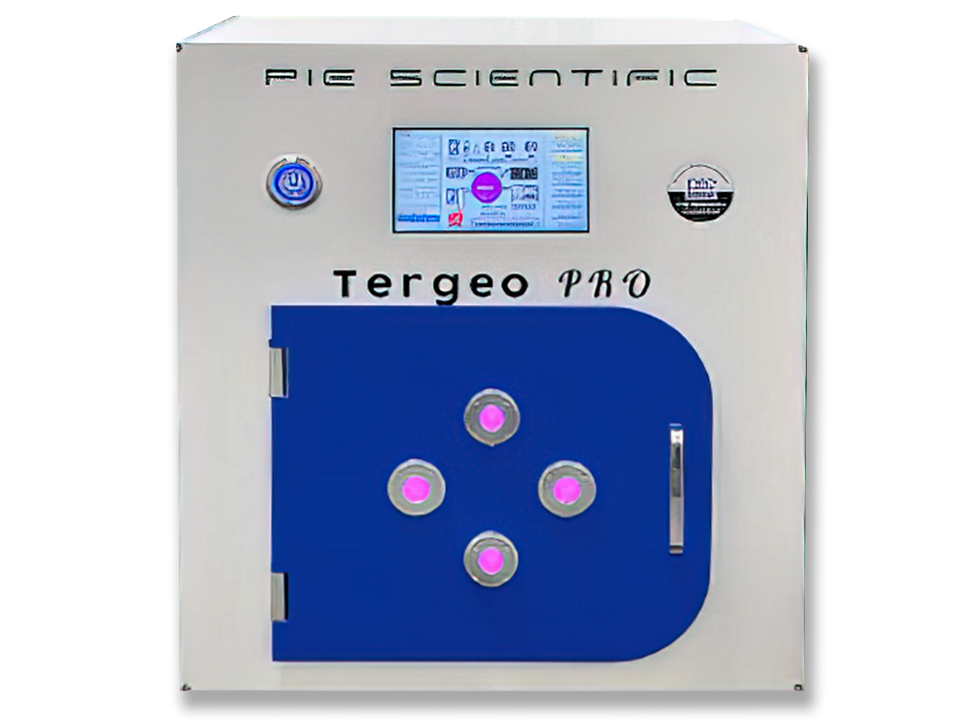
- 150W 13.56MHz high frequency RF power – upgrades to 300W and 500W
- 230mm (9″) ID x 430mm (13.4″) deep chamber
- Patent-pending RF plasma sensor technology
- Direct RF plasma
- Continuous or pulse mode (option)
- Fully automatic operation with 20 recipe support
- Job sequence mode operation for three plasma cleaning steps
- Two mass flow controller (MFC) regulated gas inputs
- Intuitive, touch-screen control
- Pumping options to suit RF plasma process
- Water vapour delivery option
- Two year warranty
Tergeo-Pro – the basics
Tergeo-Pro is a benchtop RF plasma cleaner with a quartz glass process chamber with that is 230mm ID and 430mm long to accommodate a 8″ wafer and one or two 25/50 slot 6″ or 4″ quartz wafer boats. Tergeo-Pro uses a 150W 13.56MHz high frequency RF plasma supply with auto-matching, which is adjustable from 1 to 150W at 1W intervals. Upgrade options are available for 300W and 500W RF power.
Tergeo-Plus is has two mass flow controller (MFC) regulated gas inputs, a third is available as an option. The standard mode of operation is immersion (direct) where the RF plasma is generated the main chamber. There is also the option of downstream (indirect) mode where the plasma is generated in a separate chamber attached to the main chamber – please see below for details.
At the heart of Tergeo-Pro is integrated multiple process control technologies which monitor and control critical parameters required for optimal plasma etching, plasma ashing and plasma cleaning processes. These include pressure and plasma sensing (see below) and automatic mass flow control of gas input. Operation is fully automatic, with an intuitive user interface featuring a 7″ touchscreen which make the operation as easy as a tablet device. The embedded microcontroller supports 20 customisable user recipes.
Tergeo-Pro delivers day-in, day-out reliability and repeatable performance.
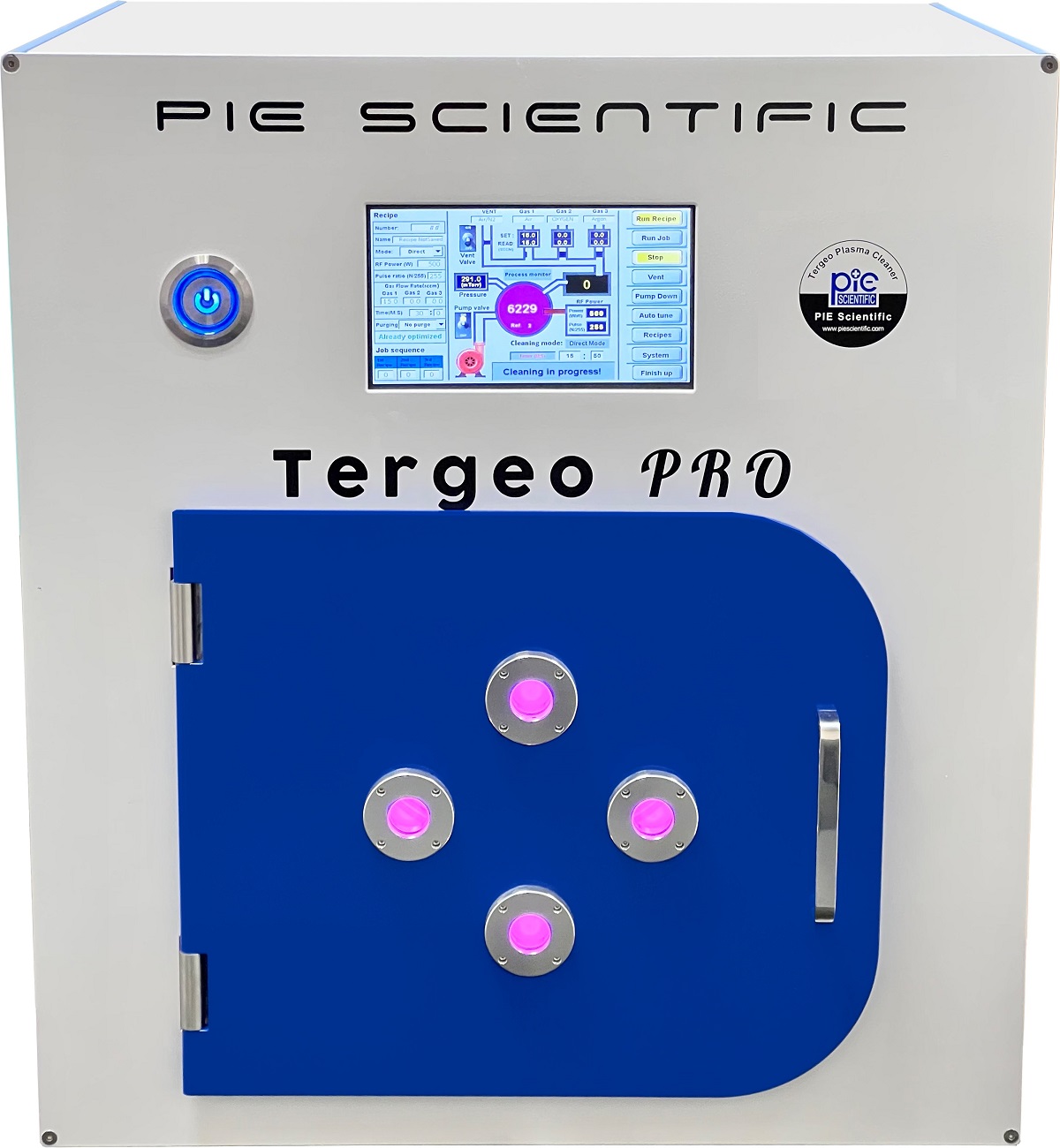
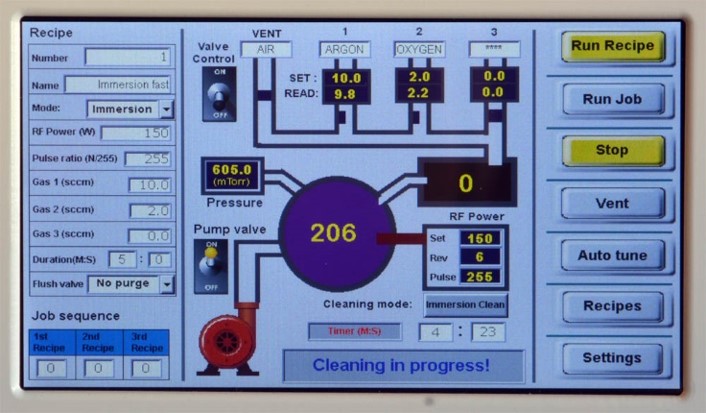
Unique plasma sensing technology
A key advantage of the Tergeo series is the integrated, patent-pending plasma sensor technology. The RF plasma strength is measured quantitatively and displayed in real time on the LCD touch screen controller. The operator can use the plasma strength data as feedback to adjust gas flow rates and RF power to give desired RF plasma cleaning speeds – ensuring repeatable and consistent results for users with beginner or expert levels of experience
Pulsed RF plasma cleaning mode – for gentler, damage-free plasma cleaning
In pulsed operation (option TR102) more gentle RF plasma reaction rates can be maintained, despite a lower more “specimen friendly” average power.
Using pulsed operation at 480Hz Tergeo-Plus can reduce “dust” particle formation, trenching, notching and charging. For fluorocarbon PECVD processes the use of pulsed operation can yield rougher surface structure and thereby give greater hydrophobicity
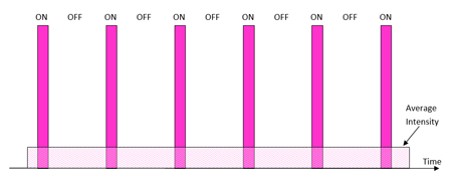
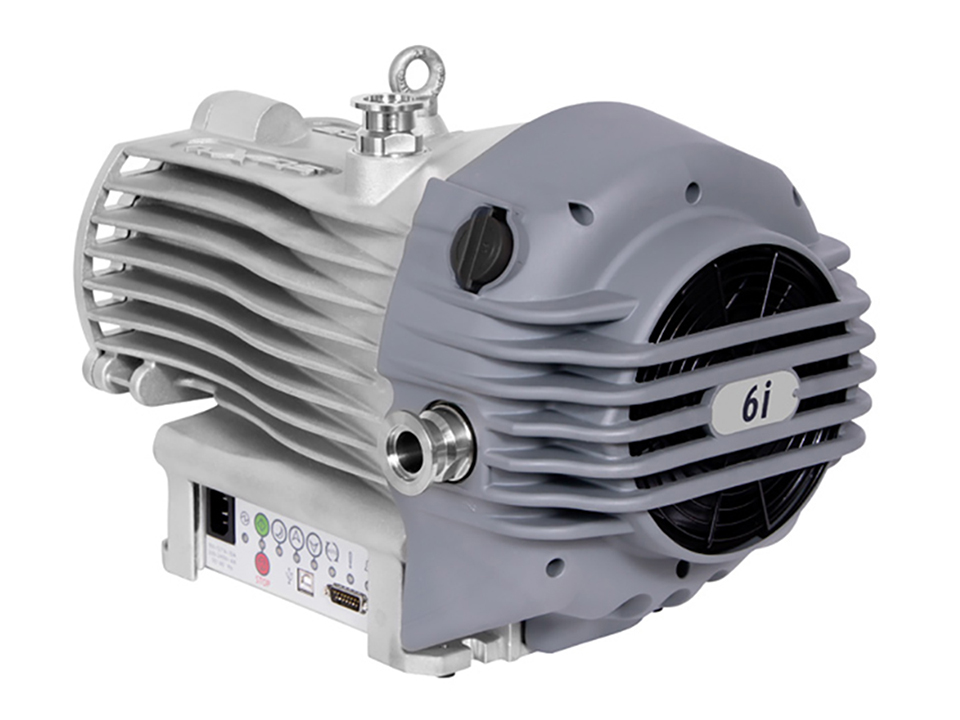
Pumping requirements
Tergeo Pro requires a primary vacuum pump. An Edwards nXDS6i or nXDS10i scroll pump is highly recommended when oil-based pumps need to be avoided (i.e. dry pumping). We also offer standard oil-based rotary pumps including a Fomblinised version for applications where high throughputs of oxygen are required.
Please see Ordering Information for details of pumps and accessories
For other instruments in the Tergeo range of plasma cleaners please see here: Tergeo.
PIE-TR104. Upgrade RF plasma power from 150W to 300W ( 13.56MHz, auto matching)
PIE TR101. Upgrade RF plasma power from 150W to 500W ( 13.56MHz, auto matching)
PIE-TR103. Third MFC regulated gas input
PIE-TR102. Pulsed mode RF plasma for generating controlled extremely weak plasmas and for better control of plasma intensity
A73501983. Edwards nXDS6i dry scroll pump. Ultimate pressure 15~50mTorr, Speed:6.2 m3h-1
A73601983. Edwards nXDS10i dry pump. Ultimate pressure 5~20mTorr, speed:12.7m3h-1
A50597000. Silencer for nXDS and XDS5/10
C10514297. NW25 braided flexible pipeline stainless steel 1000mm
PIE-A120. Dust particle filter for using room air as a process gas and/or venting the chamber
PIE-A121. Adjustable external venting flow rate control valve (reduce the venting gas flow rate to prevent the light or powder specimens from being blown away)
Typical applications include:
- Photoresist RF plasma ashing, descum and silicon wafer cleaning
- PDMS bonding, microfluidics, glass slides and lab-on-a-chip
- SEM/TEM specimen cleaning for hydrocarbon contamination removal
- Medical device activation, sterilization and improved coating adhesion
- Wire bonding, flip-chip underfill, device encapsulation and decapsulation
- Improve bonding of metal-to-metal devices and composites
- Improve bonding of plastics, polymers and composite materials
- Processes requiring a water vapour plasma (using optional PIE-A122 water vapour delivery kit)
- A wide range of other RF plasma etching and ashing applications
Tergeo-Pro tabletop RF plasma cleaner, consisting of:
- Thick-wall (5mm) quartz tube ID:2300mm, depth 340mm
- Quartz plate substrate holder (220mm X 280mm)
- Direct (immersion) RF plasma source
- Plasma emission sensor for quantitative plasma emission intensity measurement
- 150W 13.56MHz high frequency RF supply. Adjustable from 1 to 150W at 1W intervals
- Option to increase power to 300W (PIE-TR104) or 500W (PIE-TR101)
- Auto tuning of immersion plasma source
- Continuous (CW) and option of pulsed plasma (PIE-TR102). Duty ratio can change from 1/255 to /255 (CW)
- 7-inch resistive LCD industrial touchscreen controller
- Fully automatic operation with 20 recipe support
- Job sequence mode operation for three plasma cleaning steps
- Two mass flow controllers (MFC) regulated gas inputs. Option of third MFC (PIE-TR103)
- Premium pressure sensor from MKS Instruments (1E-4Torr to atm)
- Venting/purging port with electronic solenoid valve (Swagelock 1/4″ compression fitting)
- One pumping port with electronic shut-off valve and standard NW/KF25 vacuum port
Note: vacuum pump required (see Pumping Options)
A radio frequency (RF) plasma is an ionised gas phase substance that consists of ions, electrons, and neutral atoms and/or molecules that grossly maintain charge neutrality. Electrons and ions should be close enough so that each of them can influence many nearby charged particles within a radius called the Debye screening length. As a result, charged particles in the RF plasma respond collectively to external electromagnetic fields. With a high density of free-moving ions and electrons, plasma is highly electrically conductive. With the exception of boundary regions between the plasma and electrodes, a plasma contains the same amount of positive and negative charges. There is no space charge within the bulk of the plasma.
Plasma sheath
Electron temperature is usually equal to or higher than that of ions. Since electrons are much lighter than ions, they can escape from a plasma at a much faster speed than ions, providing there is no confining potential barrier. Once electrons are nearly depleted from the boundary interface between the plasma and electrodes or specimen, a region with only positive ions and neutrals will be formed. This usually dark boundary region is called plasma sheath. Positive charges in the plasma sheath can push more ions to diffuse out of the plasma. It also creates a potential barrier to prevent electrons from diffusing out of the plasma. Eventually, the loss rate of electrons and ions will reach an equilibrium state. The plasma sheath also creates a positive plasma potential with respect to the grounded chamber walls. The voltage drop across the plasma sheath can accelerate ions and create an ion sputtering effect in many applications.
How an RF plasma is generated
Electrons and ions in plasmas can disappear through diffusion or recombination. To sustain a stable RF plasma, external excitation is required to create more electrons and ions so that their creation rate can reach a balance with the loss rate. Most RF plasma generation methods rely on heating free electrons to high enough energy to break down neutral atoms or molecules into ions and electrons.
PIE Scientific specialise in developing advanced RF plasma systems for plasma etching, cleaning, surface treatment, ion and electron beam production applications. The company was founded by alumni of the Plasma and Ion Source Technology group in the Lawrence Berkeley National Laboratory. After 15 years of experience in developing advanced semiconductor capital equipment in Silicon Valley, they realized that many existing low-cost plasma cleaners and plasma treatment systems were still using decades-old technology. Therefore, they decided to bring state-of-the-art plasma technology developed for the semiconductor industry and nuclear research into affordable plasma instruments. Their SmartClean™ technology has been well-received by customers.
Ordering information:
-
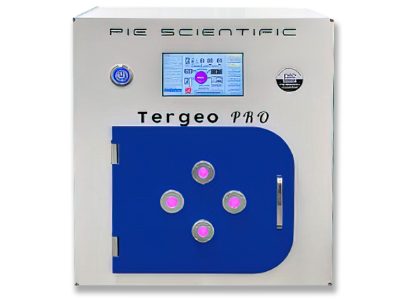
Tergeo-Pro 150W plasma cleaner with 230mm/9” chamber
Tergeo-Pro 150W plasma cleaner with 230mm/9” chamber. In-situ plasma source for direct mode cleaning. Plasma emission sensor for quantitative plasma emission intensity measurement. 150W, 13.56MHz high frequency RF supply.
Price On Request Read more
Pump options
An Edwards scroll pump and silencer/filter and flexible metal vacuum hose are recommended.
-
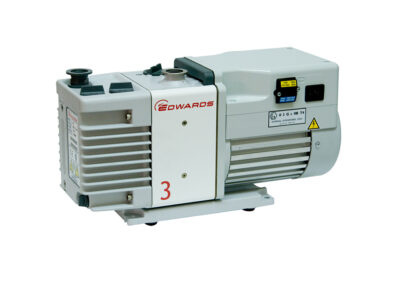
Edwards RV3 rotary vacuum pump (including Ultragrade oil) with 2m UK mains lead
Edwards RV3 two stage rotary vacuum pump
Price On Request £2,308.25 Add to basket -
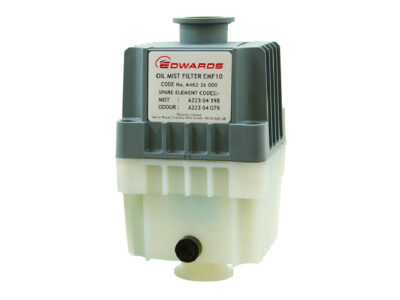
EMF10 mist filter
Edwards EMF10 oil mist filter suitable for use with an RV3 pump. Supplied with NW25 clamp, centering ring and O- ring- NW25 to 3/4 inch BSP adaptor.
£332.95 Add to basket -
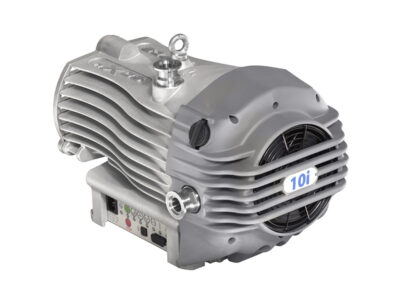
Edwards nXDS10i dry scroll pump
Peak pumping speed 11.4m3/hr (6.7cfm). Ultimate pressure 0.007 mbar (0.005torr) Pump controller with push button control Remote serial and parallel control plus USB service interface Supply 100-127/200-240V (+/- 10%) 1ph 50/60Hz without user intervention Inlet port: NW25. Exhaust port: NW25
Price On Request £5,545.75 Add to basket -
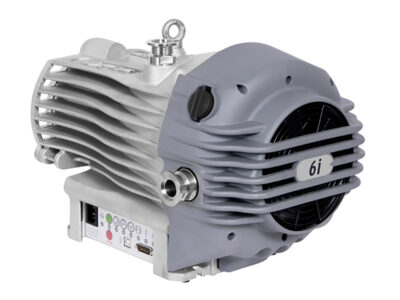
Edwards nXDS6i dry scroll pump
Peak pumping speed: 6m3/hr (3.53cfm) Utimate pressure: 0.02mbar (1.5e-2torr) Inverter drive with push-button control Remote serial and parallel.control and USB interface Supply: 100-127/200-240V 1ph 50/60Hz without user intervention Inlet port: NW25. Exhaust port: NW25
Price On Request £4,434.50 Add to basket -
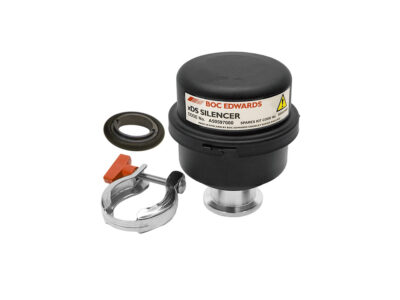
Silencer for nXDS and XDS5/10
Silencer for nXDS and XDS10i scroll pumps (not connected to a house exhaust system). Silencer also offers exhaust filtration.
£281.79 Add to basket -
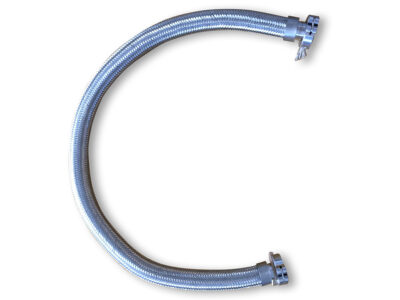
NW25 braided flexible pipeline stainless steel 1000mm
Flexible metal vacuum hose with connecting clamps, O-rings and O-ring carriers
£342.31 Add to basket
Options and accesories for Tergeo-Pro
-
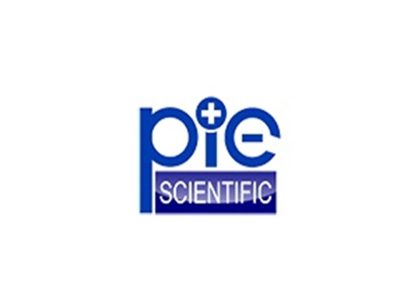
Third mass flow controller gas imput
Additional mass flow controller (MFC). Two supplied with Tergeo-Pro as standard
Price On Request Read more -
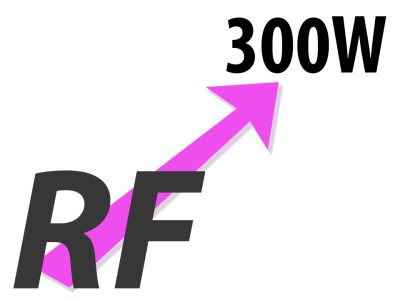
Increase RF power from 150W to 300W (13.56MHz)
Power upgrade to increase RF power from 150W to 300W (13.56MHz)
Price On Request Read more -
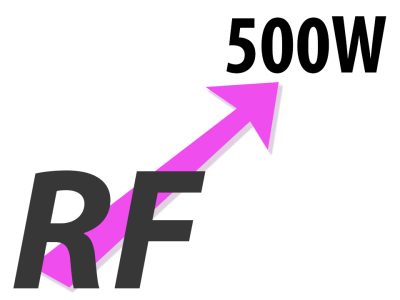
Increase RF power from 150W to 500W (13.56MHz)
Power upgrade to increase RF power from 150W to 500W (13.56MHz)
Price On Request Read more -
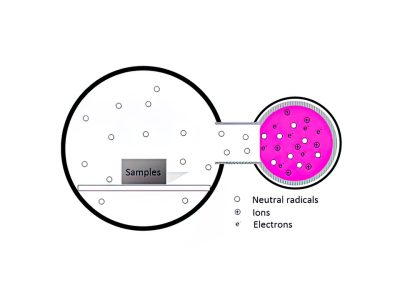
Integrated remote plasma source
Integrated remote plasma source for downstream cleaning mode for 2D materials and other delicate samples.
Price On Request Read more

